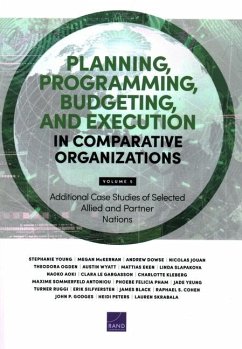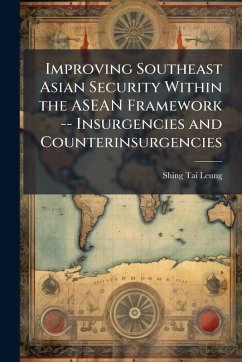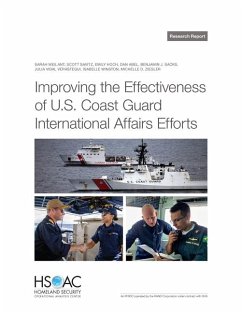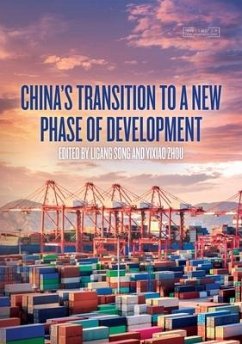Nicht lieferbar
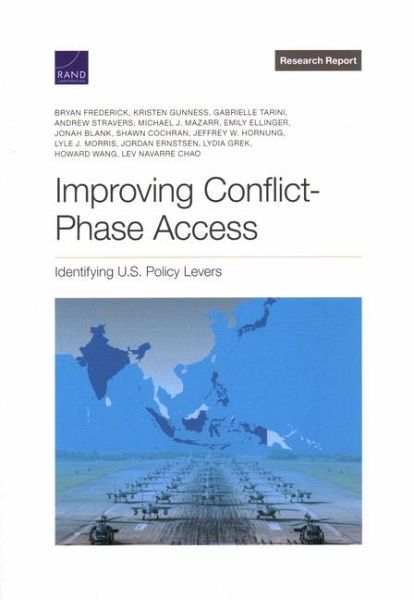
Improving Conflict-Phase Access
Identifying U.S. Policy Levers
Versandkostenfrei!
Nicht lieferbar
This report explores how U.S. allies and partners in the Indo-Pacific are likely to respond to military access requests in the event of a conflict with China and what policy levers the United States might use in peacetime to affect those responses.






